Redmi 7 vs. Zenfone Max M2 vs. Realme 3: A Tough Choice To Make
Karamchand Rameshwar - Mar 20, 2019
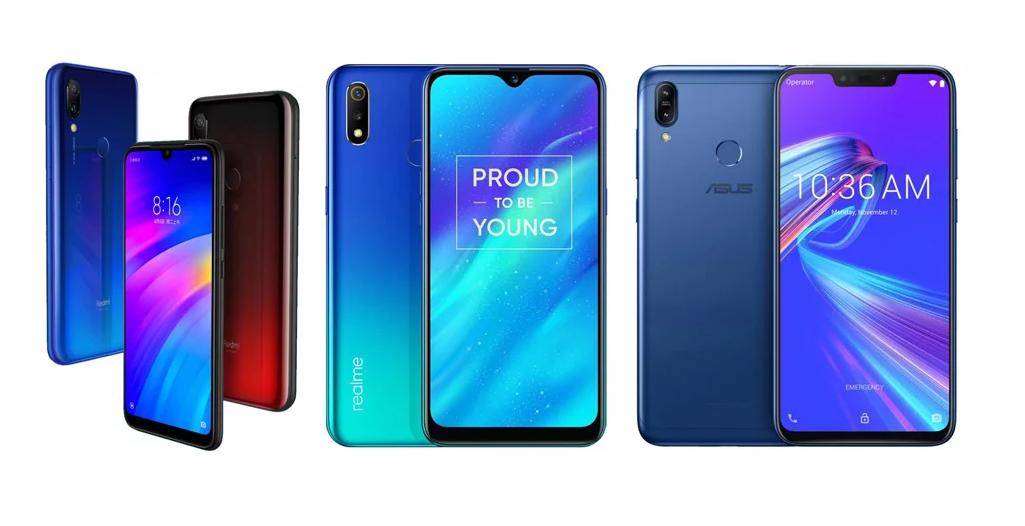
Redmi 7 vs. Zenfone Max M2 vs. Realme 3. These three are very solid choices for their prices. Check out our comparison to find the perfect one for you.
- Best Gaming Phones 2025: Top Devices for Mobile Gaming
- Realme GT 7T Review: Power Meets Endurance in Controversial Style
- Realme C73 5G Launches in India: Budget 5G Phone Starts at ₹10,499
After announcing the Redmi Note 7 and Note 7 Pro in India the end of last month, the Chinese phone maker Xiaomi has introduced another addition to its sub-brand Redmi’s mobile portfolio with the Redmi 7 launch in the Chinese market. The handset comes with many improvements over the Redmi 6, including a more powerful SoC, a larger battery, and a flashier design.

There are many strong contenders in the Redmi 7’s price range, notably the Realme 3 and Asus ZenFone Max M2. With phone makers shifting more attention to the mid-range and affordable segments, the competition is getting much harder. If you are looking for a new handset with around Rs. 10,000 on hand, Redmi 7, Asus ZenFone Max M2, and Realme 3 are three top choices for you. But which one will be the best for you? Check our out comparison to find out.
Redmi 7 vs. Zenfone Max M2 vs. Realme 3: Price
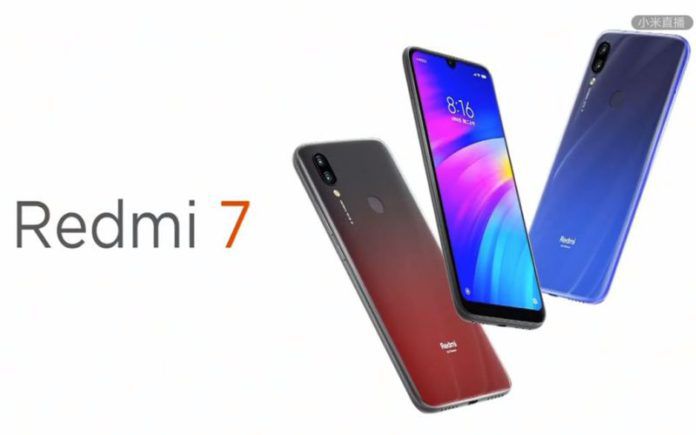
The Realme 3 with 32GB of storage costs Rs. 8,999 while the option with 64GB is priced at Rs. 10,999. Both variants of the Asus ZenFone Max Pro with 32GB / 64GB of storage are priced slightly lower at Rs. 8,499 & Rs. 10,499, respectively.
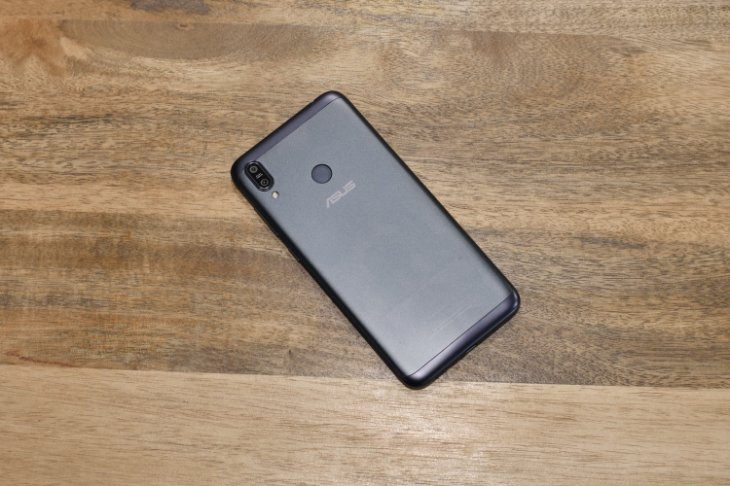
The Redmi 7 is for now only available in China for RMB 699 (around Rs. 7,200), RMB 799 (around Rs. 8,200), RMB 999 (around Rs. 10,300) for the variants with 16GB/32GB/64GB of storage, respectively.
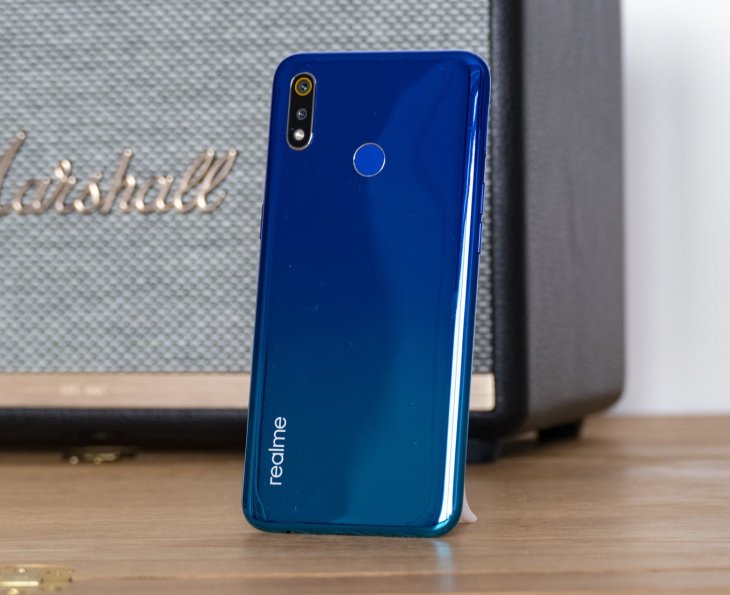
Redmi 7 vs. Zenfone Max M2 vs. Realme 3: Specifications & Features
With attractive colour variants and clear plastic rear panels, the Realme 3 and Redmi 7 have a flashier look. Meanwhile, the ZenFone Max M2 comes with a metal body which is sturdier though it might be not as good looking in comparison with the Realme and Redmi offerings. The Redmi 7 is the only phone of the three to have water resistant with a P2i nano hydrophobic coating.
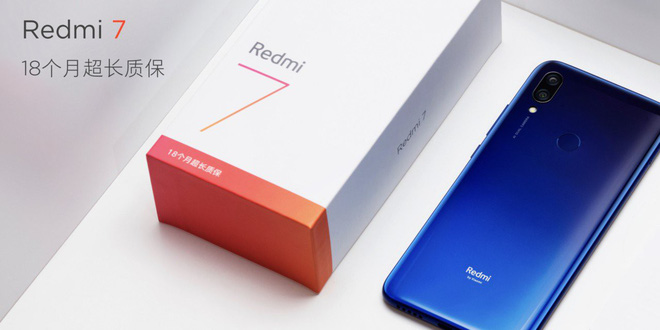
Up front, all three smartphones come with an HD+ IPS LCD panel. However, while the Redmi 7 and ZenFone Max M2 have a 6.26-inch display, the Realme 3 has a slightly smaller 6.23-inch panel. As for screen protection, the Redmi 7 display is covered by Gorilla Glass 5 while it is a Gorilla Glass 3 on the Realme 3. On top of the Redmi 7 and Realme 3 displays are water-drop notches while the Asus offering has an iPhone X-alike notch.
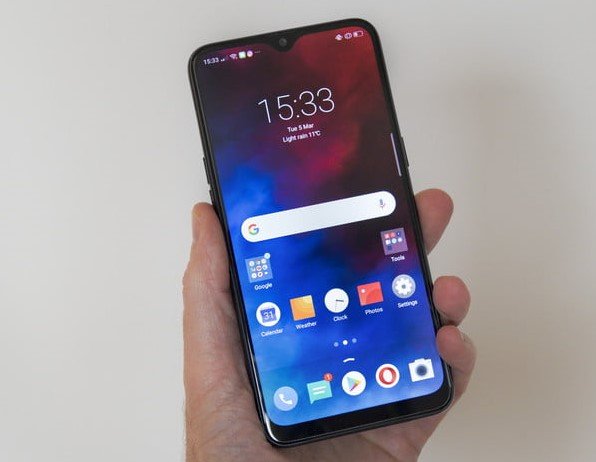
As for the software, while the Reame 3 and Redmi 7 ship with their respectively custom UIs based on the latest Android 9.0 Pie, the Asus phone still runs the dated Android 8.1 Oreo.
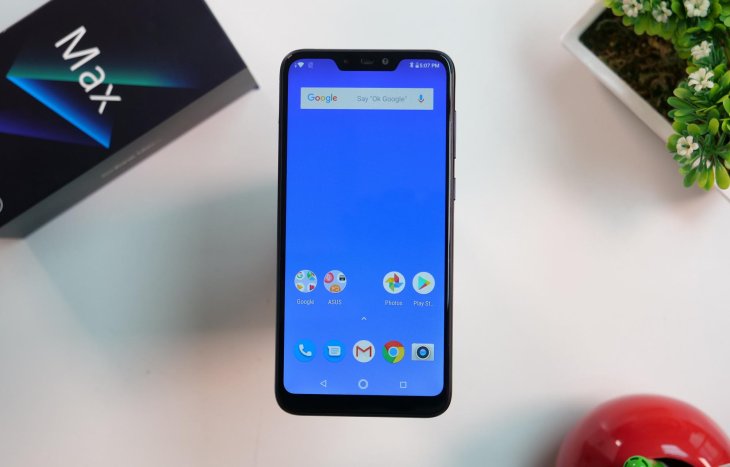
Moving to the hardware specifications, the Redmi and ZenFone devices are both powered by a Snapdragon 632 SoC, 3GB/4GB of RAM as well as 32GB/64GB of storage. The Redmi 7 is offered in another option with 2GB of RAM/16GB of storage. Meanwhile, the Realme 3 runs on the MTK Helio P70 SoC, coupled with 3GB or 4GB of RAM as well as 32GB or 64GB of storage. In the performance aspect, the Realme offering should be more powerful thanks to its Helio P70 built on the 12nm process which is on the same level as the Snapdragon 660 SoC.
Redmi 7 vs. ZenFone Max M2 vs. Realme 3: Camera & Battery
In the imaging department, the new Redmi 7 sports a dual rear camera setup, including a 12MP main sensor with an f/2.2 aperture and 2MP secondary depth sensor. On the front, there is an 8MP camera for taking selfies and video calling. As for the ZenFone and Realme handsets, they also come with dual cameras on the rear, comprising of a 13MP main sensor with an f/1.8 aperture and a 2MP secondary depth sensor. Similar to the Redmi 7, the Asus phone has a single 8MP selfie camera on the front while Realme goes for a 13MP shooter on the Realme 3.
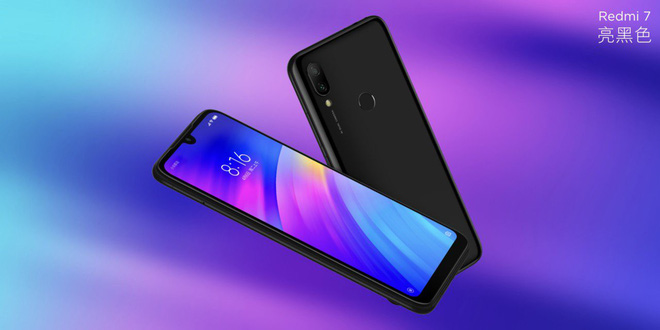
The Realme 3’s cameras are only capable of recording video at 1080p resolution @30fps while the Asus handset can record videos at up to 4K resolution @30fps.
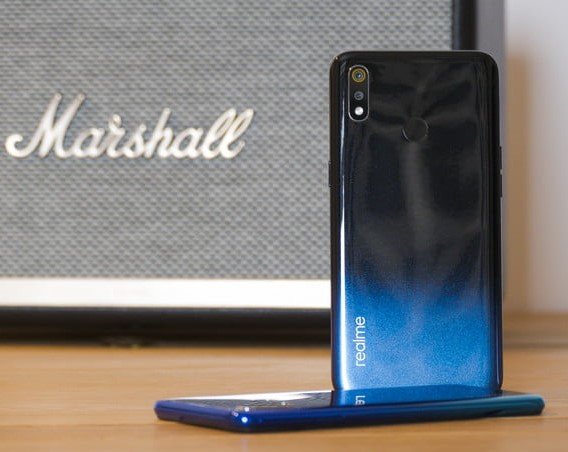
Their connectivity options are the same with dual SIM slots, Wi-Fi, 4G LTE, a micro-USB port, an audio jack, Bluetooth 4.2, GPS, and FM Radio. However, the Redmi offering has an additional IR blaster to control users’ home appliances.
Powering the ZenFone and Redmi devices are 4,000mAh cells while the one on the Realme 3 is slightly larger with 4,230mAh. All of them come with support for 10W fast charging standard. As for security, they all come with a rear-mounted fingerprint scanner.
Featured Stories

Mobile - Oct 23, 2025
How Casual Games Are Winning the Mobile Attention War

Mobile - Jul 03, 2025
OPPO Reno 14 Series Hits India: Launch Date, Cameras, and Specs

Mobile - Jun 12, 2025
Best Gaming Phones 2025: Top Devices for Mobile Gaming
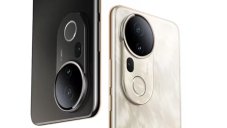
Mobile - Jun 12, 2025
Vivo T4 Ultra Debuts with MediaTek Dimensity 9300+ Chipset

Mobile - Jun 08, 2025
Realme GT 7T Review: Power Meets Endurance in Controversial Style

Mobile - Jun 08, 2025
Motorola Edge 60 Set to Debut in India This June

Mobile - Jun 07, 2025
Realme C73 5G Launches in India: Budget 5G Phone Starts at ₹10,499

Gadgets - Jun 07, 2025
OnePlus 13s Makes Indian Debut: Compact Flagship Brings Premium Features at...

Mobile - Jun 04, 2025
Samsung Galaxy Z Fold 7 Ultra: The Next Chapter of Premium Foldables

Mobile - Jun 02, 2025
Comments
Sort by Newest | Popular